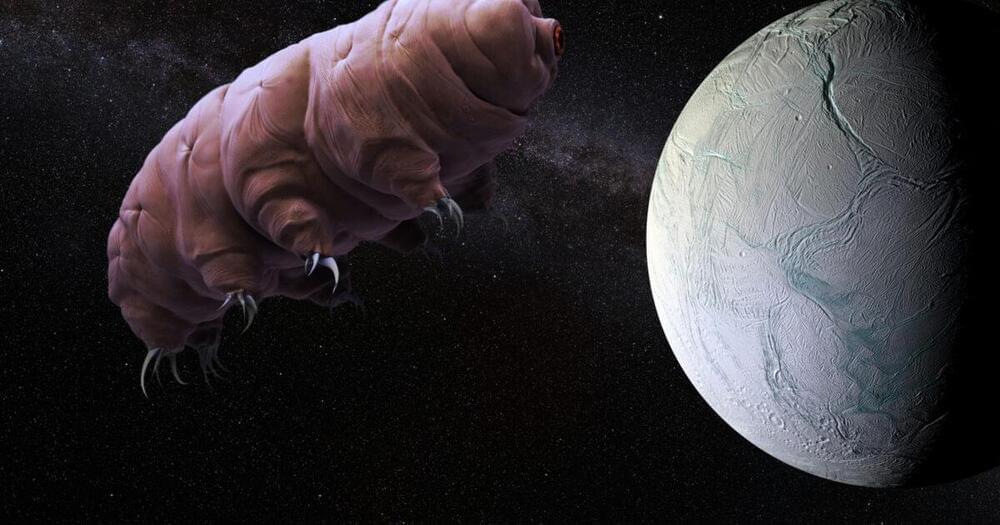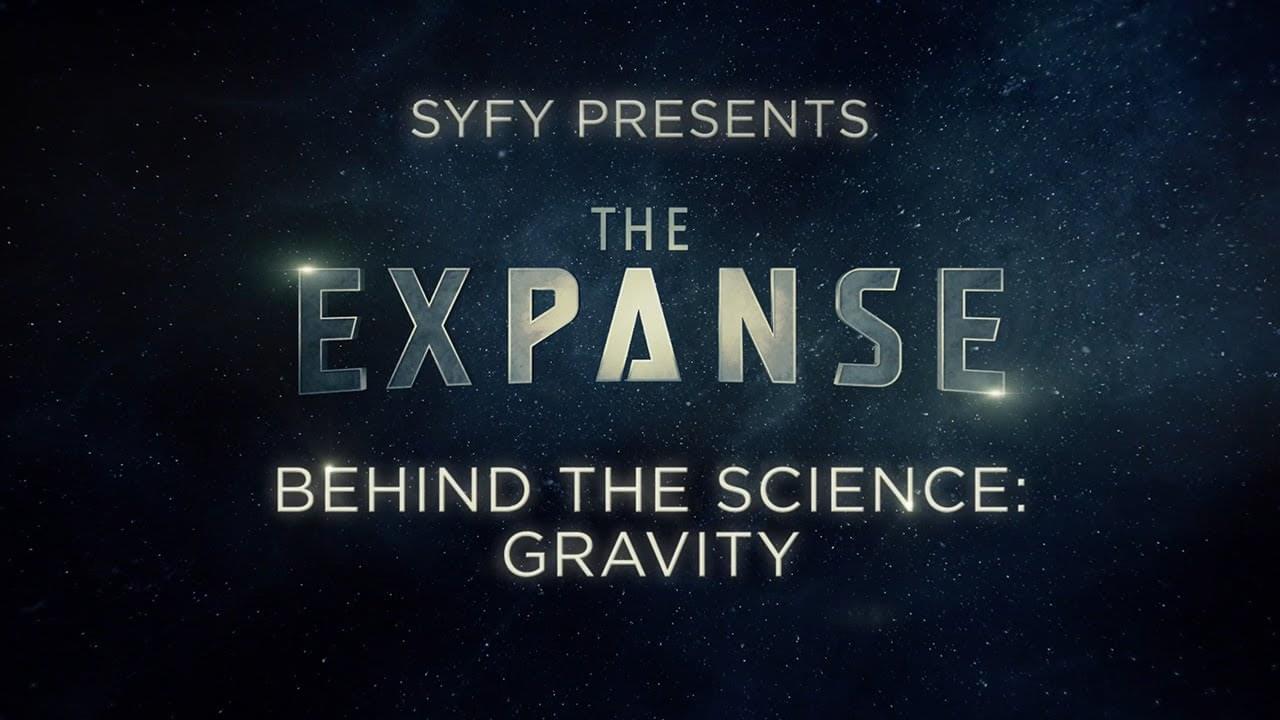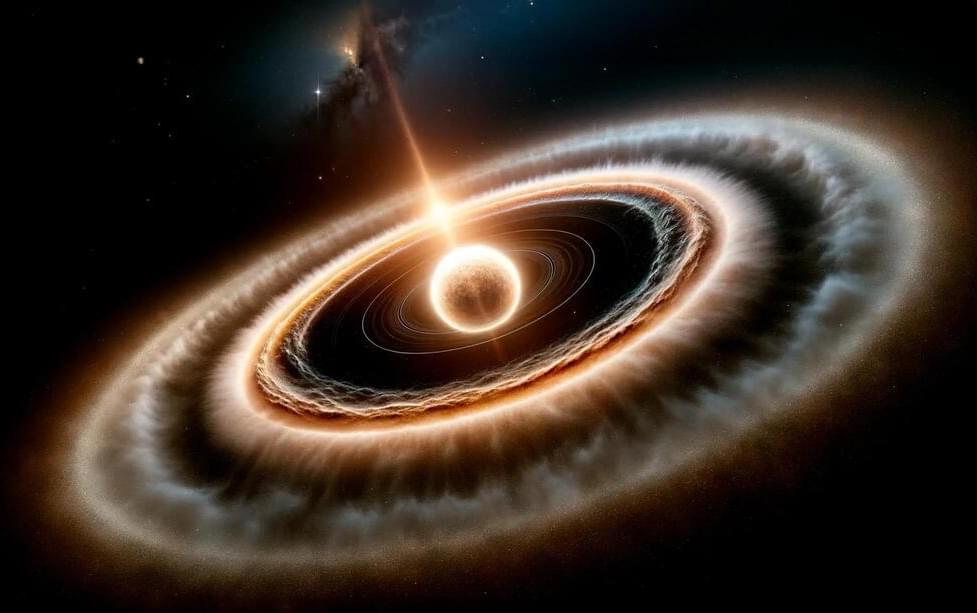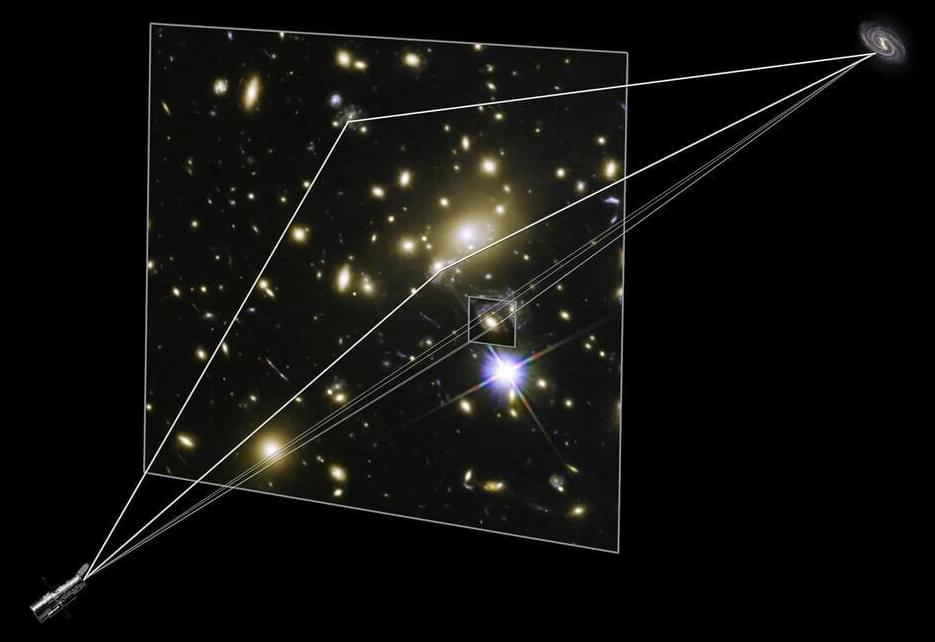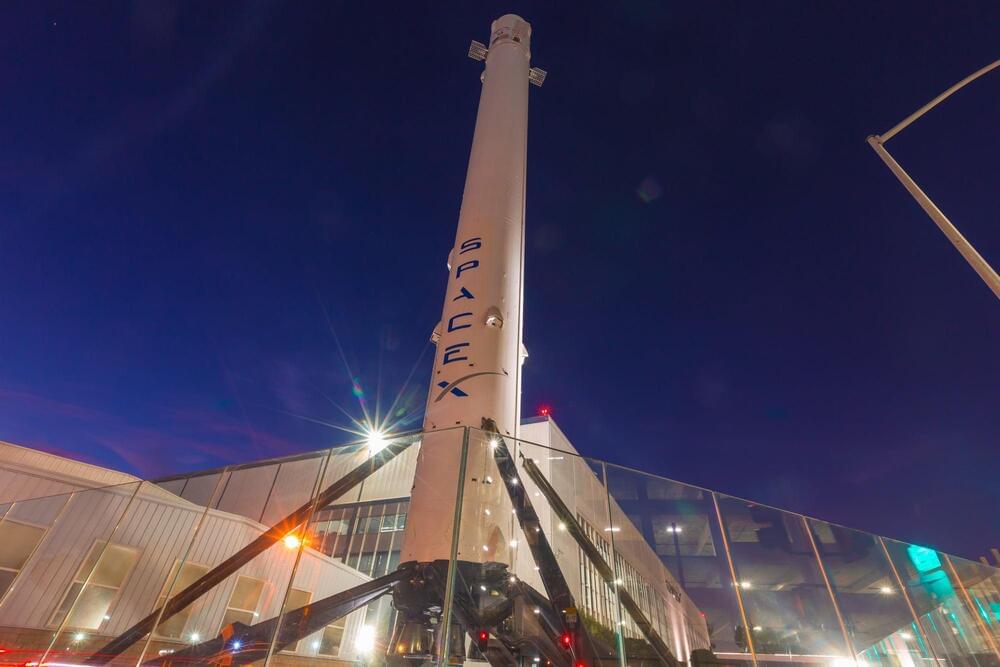Nov 22, 2023
Harvard Professor Says Godlike Aliens May Be Creating Universes in Labs
Posted by Quinn Sena in categories: alien life, quantum physics
face_with_colon_three I agree face_with_colon_three
In a new interview, perpetually provocative Harvard astronomer and alien hunter Avi Loeb posited both that super-human aliens could be building “baby universes” in labs and that his haters are just “jealous.”
When discussing his work and theories in a chat with Fox News, Loeb showed his tendency toward imaginative, deeply speculative theories of extraterrestrial life.
Continue reading “Harvard Professor Says Godlike Aliens May Be Creating Universes in Labs” »

